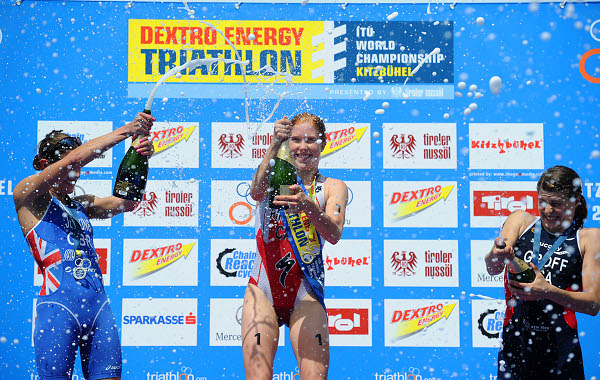In less than a year, the Edmonton native had risen 50 spots up the world ranking to No. 3, after a stunning series of international victories.
Findlay first found herself in the spotlight last July, when she won her first elite World Championship Series race in London, surprising the sports world. A year later, as predicted by sports journalists and fans, she had a chance to secure a place on the Canadian Olympic team.
Now, her underdog days are gone, and if the 22-year-old lands a medal at the 2012 Olympic Games in London, it’s unlikely to surprise anyone.
Growing up in Edmonton, Findlay was always an active child. She did ballet, jazz and tap dancing until the age of 15. She began competitive swimming when she was just 11 years old. While in St. Francis Xavier High School, she competed in track and field, but it wasn’t until five years ago that Findlay tried triathlon.
It was love at first race. “It’s just a really dynamic and diverse sport, in training and in racing,” she says.
Naturally, every triathlete excels at one sport more than the others, and Findlay’s strength is running. “I’ve had more success in running even though I’ve swam more in my life,” she says.
Like any elite athlete, Findlay’s training regime can be gruelling, but because she’s always moving between cycling, running and swimming, she’s never bored. The variety also allows her to train seven days a week. “If you’re injured in one sport, you still have two other sports to cross-train on.”
That said, when Findlay came home for the Edmonton World Cup Triathlon this July, a hip injury prevented her from competing. She made a brief attempt at a comeback, but had to withdraw from a September race in China and will miss the rest of the season. She wants to be at her best for the 2012 Olympics.
Above: Paula Findlay at the Dextro Energy Triathlon ITU World Championship Series in Kitzbhel, Austria in June, her fifth win in six races.
